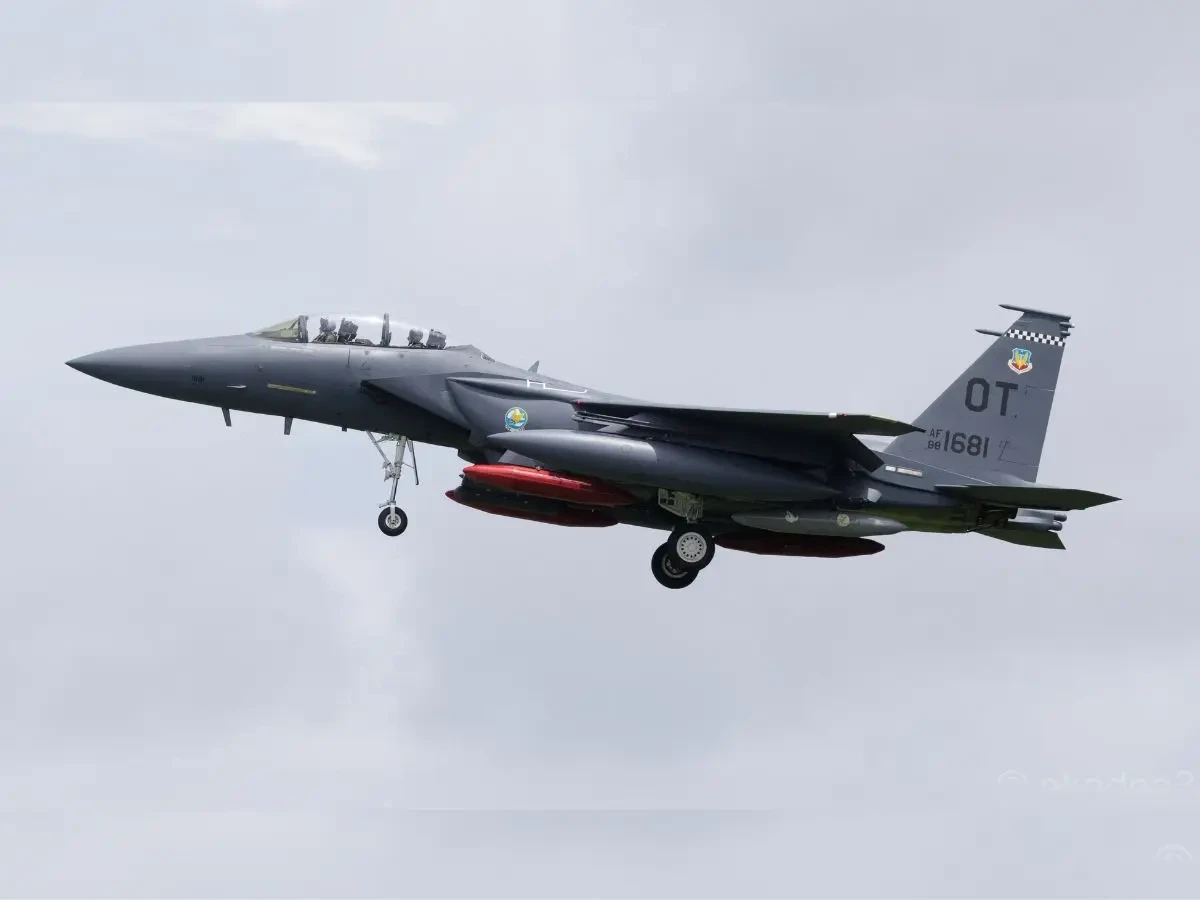To counter Chinese aggression against Taiwan, and to reaffirm its aerial dominance in the Indo-Pacific, the US is deploying its F-15EX Eagle most advanced air superiority fighter, at the Kadena Air Base on Okinawa, Japan.
The deployment marks a significant milestone as the US replaces its ageing F-15C/D fleet with the formidable F-15EX, a fighter jet that boasts a significant kill ratio of 104-0. Introduced in 1976, it had never been shot down in combat.
The first two F-15EX is touched down at the Kadena Air Base on July 12 for familiarisation training before a permanent fleet of 36 of the jets is scheduled to arrive by the spring of 2026, signifying a long-term commitment in the region.
Why Kadena Air Base is important?
Kadena is part of the first island chain in Japan’s southwestern waters. The airbase in Okinawa is closest to the island nation of Taiwan, which is facing pressure from China. The F-15EX Eagle II is the latest addition to the arsenal of the US, and it is sleekest, with upgraded radar systems, enhanced electronic warfare capabilities. It also has the enhanced capability to carry a larger payload of advanced missiles. The most advanced Eagle variant has digital fly-by-wire flight controls and an LAD glass cockpit with a touch-screen interface. Its Open Mission System software enables rapid upgrade and capability enhancement, and the latest Suite 9.1 software is compatible with legacy aircraft.
With tensions rising over Taiwan and China’s rapidly expanding air force, which is producing aircraft at a 1.2:1 ratio compared to the US, the deployment is seen as a critical deterrent. In April 2025, Admiral Samuel Paparo, the new commander of the Indo-Pacific Command, warned the US that China has increased its aerial capabilities and is capable of denying US air superiority in the First Island Chain.
Pentagon officials say the move underscores Washington’s commitment to maintaining a “free and open Indo-Pacific”, as Beijing asserts growing influence across the South and East China Seas.
